 Creative Commons Attribution 3.0 IGO license (CC BY 3.0 IGO)
Creative Commons Attribution 3.0 IGO license (CC BY 3.0 IGO)2019 Asian Development Bank
6 ADB Avenue, Mandaluyong City, 1550 Metro Manila, Philippines
Tel +63 2 632 4444; Fax +63 2 636 2444
www.adb.org
Some rights reserved. Published in 2019.
ISBN 978-92-9261-538-3 (print), 978-92-9261-539-0 (electronic)
Publication Stock No. TCS190052-2
DOI: http://dx.doi.org/10.22617/TCS190052-2
The views expressed in this publication are those of the authors and do not necessarily reflect the views and policies of the Asian Development Bank (ADB) or its Board of Governors or the governments they represent.
ADB does not guarantee the accuracy of the data included in this publication and accepts no responsibility for any consequence of their use. The mention of specific companies or products of manufacturers does not imply that they are endorsed or recommended by ADB in preference to others of a similar nature that are not mentioned.
By making any designation of or reference to a particular territory or geographic area, or by using the term country in this document, ADB does not intend to make any judgments as to the legal or other status of any territory or area.
This work is available under the Creative Commons Attribution 3.0 IGO license (CC BY 3.0 IGO) https://creativecommons.org/licenses/by/3.0/igo/. By using the content of this publication, you agree to be bound by the terms of this license. For attribution, translations, adaptations, and permissions, please read the provisions and terms of use at https://www.adb.org/terms-use#openaccess.
This CC license does not apply to non-ADB copyright materials in this publication. If the material is attributed to another source, please contact the copyright owner or publisher of that source for permission to reproduce it. ADB cannot be held liable for any claims that arise as a result of your use of the material.
Please contact if you have questions or comments with respect to content, or if you wish to obtain copyright permission for your intended use that does not fall within these terms, or for permission to use the ADB logo.
Corrigenda to ADB publications may be found at http://www.adb.org/publications/corrigenda.
Note: In this publication, $ refers to United States dollars.
About the cover: Wings to Fly. Rural roads enabling girls access to education by promoting independent mobility (photo by ADB).
Summary
Development Aims and Impacts
According to the facility administration manual of the Asian Development Bank (ADB), reduced poverty and deprivation and inclusive economic growth are the long-term intended impacts of the Rural Connectivity Investment Program (RCIP), while improved and sustainable connectivity of rural communities are its short-term impacts. Specific outputs working toward achieving the outcome include (i) constructing or upgrading selected priority rural roads to all-weather standard; (ii) refining quality of design of investment program roads; (iii) improving and making sustainable the maintenance of investment program roads; (iv) incorporating road safety measures into the life cycle of investment program roads; (v) boosting and maintaining the qualifications and skills of Pradhan Mantri Gram Sadak Yojana (PMGSY) team (engineers, technicians, site supervisors), concerned staff of Panchayati Raj Institutions (PRIs), design consultants, and contractors in RCIP states; and (vi) providing effective project management.
The project interventions have resulted in improved rural road network and institutional capacities. Improved connectivity has impacted peoples quality of life in the five RCIP states and contributed toward a range of socioeconomic benefits for the rural communities served and the advancement of development goals intrinsic to sustainable and inclusive growth. It has also resulted in higher agricultural production due to lower inputs and transportation costs, improved cropping patterns, and increased output prices. Improved road infrastructure has provided women with access to safe mobility and socioeconomic opportunities. It has enabled improved implementation of rural development programs. Womens representation in planning and decision-making has considerably enhanced their self-esteem and leadership capacities. The gender action plan (GAP) activities have boosted womens economic opportunities and their participation in planning and decision-making and have contributed to increased capacities and awareness related to project benefits and other development programs.
Process and Management Tools
A GAP was prepared during the design phase. It employs a multipronged approach and includes a range of activities-aligned indicators and quantifiable targets. The community participation activities took measures to ensure womens involvement and inclusion of their perspective through the design, construction, and maintenance phase. A GAP monitoring matrix was used to track progress and report achievements every quarter.


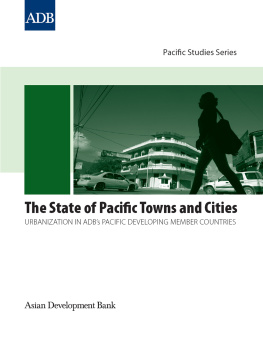
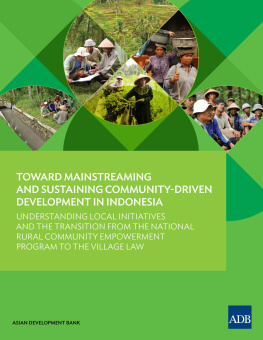

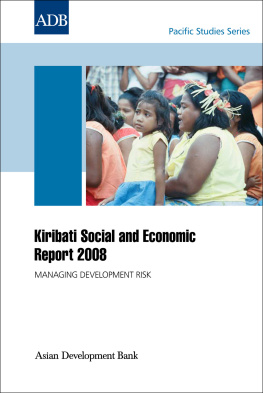
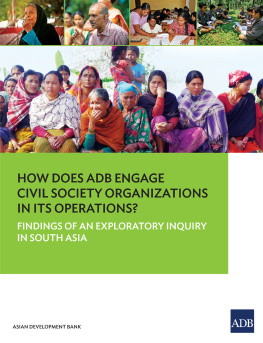

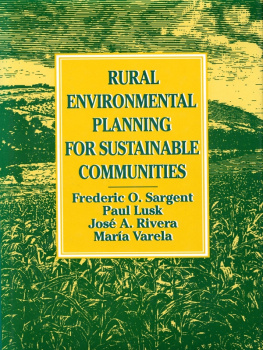
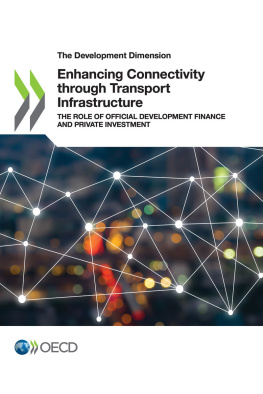
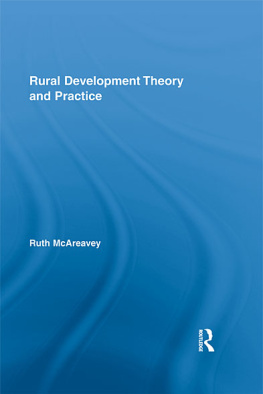
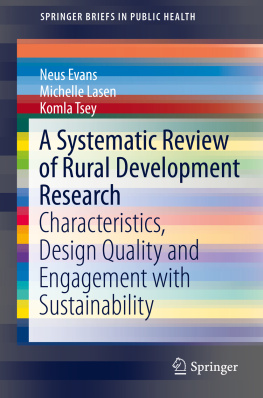


 Creative Commons Attribution 3.0 IGO license (CC BY 3.0 IGO)
Creative Commons Attribution 3.0 IGO license (CC BY 3.0 IGO)